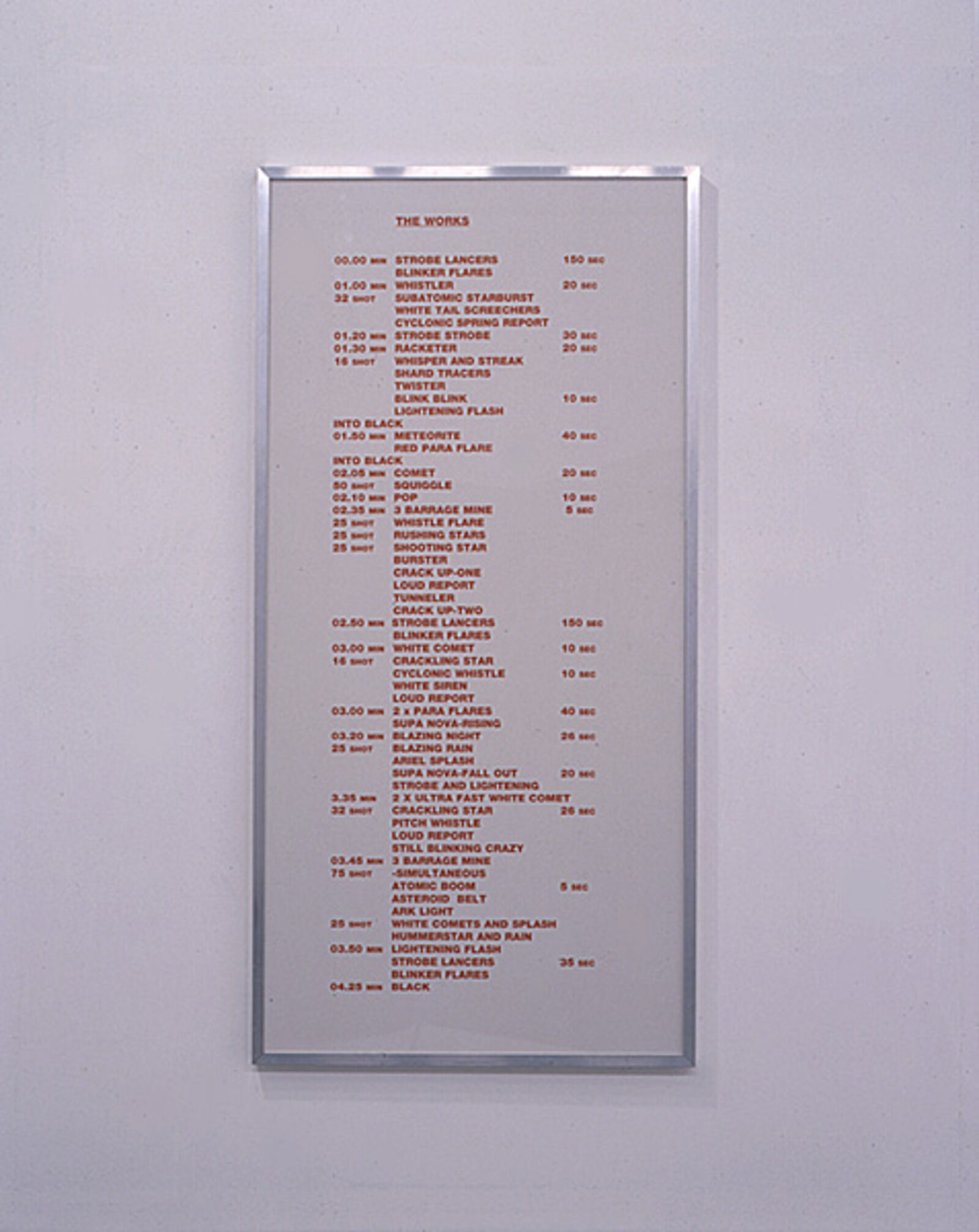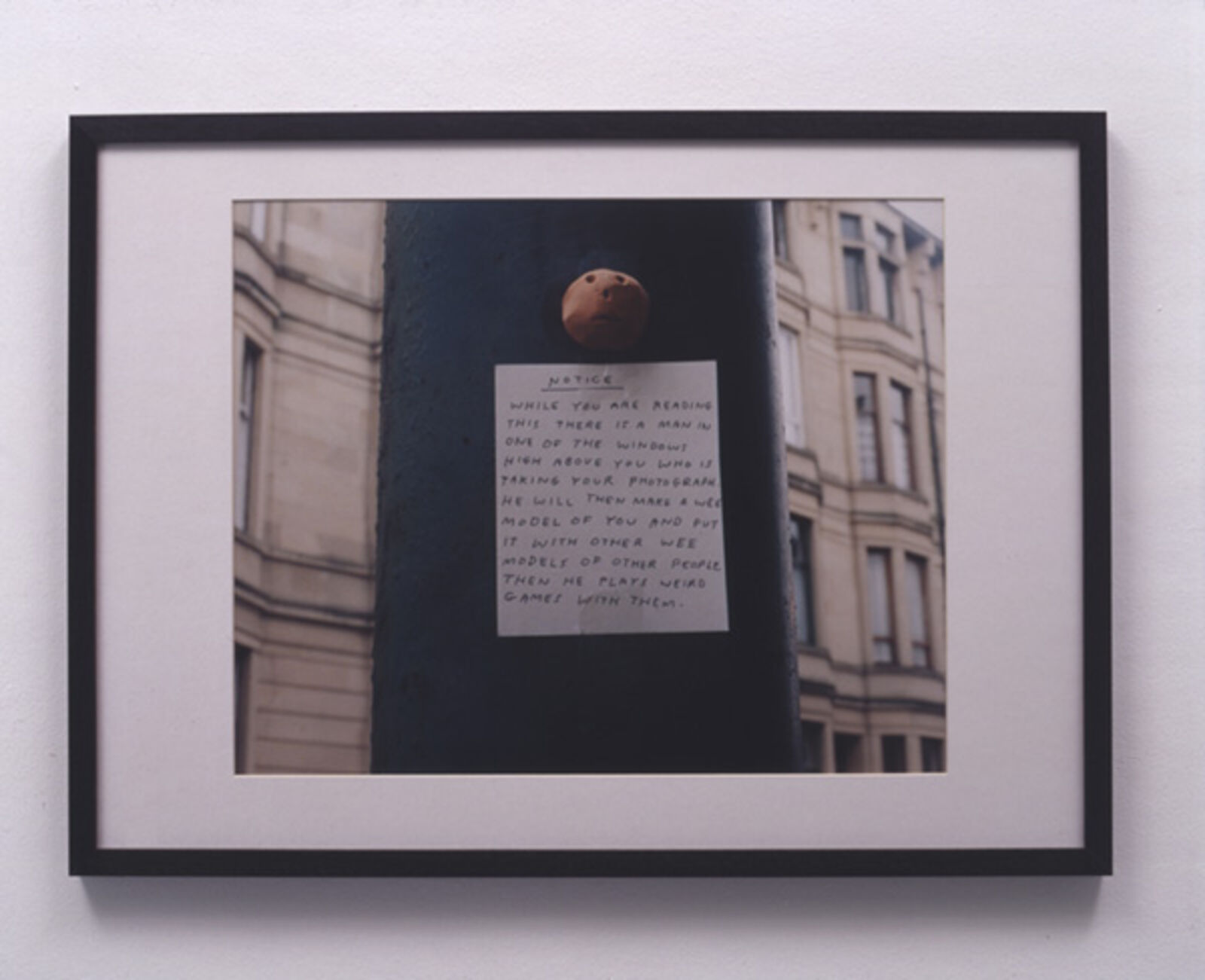Blueprint
de Appel, Nieuwe Spiegelstraat 10, Amsterdam

© T & R Henderson, Amsterdam

© T & R Henderson, Amsterdam

© T & R Henderson, Amsterdam

© T & R Henderson, Amsterdam
‘Blueprint is an exhibition about the imagination, or rather: Blueprint aims to show how artists activate the imagination of the viewer. The works in this show give scope to other people's fantasy: they seem empty or unfinished, are sketchy, in a nascent state. Inner images, images from dreams, forgotten images, imprints, negative images, ideal images, abstract images, the absence of images, afterimages. All these concepts not only demonstrate the manifest interest of the artists chosen for this exhibition, they display also a chosen position: they distance themselves from the "full" image and with that act seem to critique the daily flood from the ubiquitous visual deluge. Uta Barth makes photographs and paintings suggesting rooms without ever projecting them sharply onto the viewer's retina. Yet even though the rooms are out of focus, they become visible through light and dark passages, or blotches of color that might indicate windows or doorcases. Hiroshi Sugimoto's photographs are created by projecting a film in a cinema. The negative is overexposed by the film's images. What remains on the photograph is the white screen as the dazzling focal point of a cinema without an audience. It's like the picture of a tunnel, except that you aren't being sucked into a black hole; on the contrary, the white center comes straight at you and closes in. Pierre Bismuth's work also presents an empty image: a video in which in each sequence another man, seen from the back against a neutral wall, stands still to tune a radio to the music he would like to hear. An intimate moment. Perhaps you don't agree with his choice, and yet you listen. Another image displays nothing but subtitles. Yet the artist's desire is to convey presence rather than absence of film by the projection and the minimal sound. Fiona Banner manages to condense a three-hour film into one long mural text: all the images are described, scene by scene, within one frame. Due to its enormous size, it is an overview that can offer no other information save fragments, excerpts. Although everything is there, you are unable to absorb everything. One remains just as handicapped as if having to rely on memory. Likewise, the short notes and scribbles received and written by deaf artist Joseph Grigely are inaccessible, abstruse: what you see are the remnants of a party, a good time, booze. But what has Grigely missed? Garden furniture, written texts and notes show what was experienced. It is inconceivable to imagine what it truly means to be deaf for those who can hear. In David Shrigley's works texts, at times, suggest scenes taking place outside the frame of the picture. A note on a tree reads: "Notice! There is a man taking your photograph from a window high above you. He will then make a wee model of it to play weird games with." A metaphor for the artist, perhaps. Claude Heath shuts his eyes in order to not fall into the trap of the stylistically sound, true-to-life portrait. Heedless of the result he gives free rein to his imagination, engendering uncontrolled images in blotches and strokes, directly from memory or by sensing a subject with his eyes closed. Similar to the way in which the imaginative power of music evokes completely different associations, Erik Weeda's works, combining images and text, generate pictures in the mind of the viewer due to the sound. These kind of works endow the viewer with an opportunity to concentrate on inner representations via the act of listening. These don't seem to be artists who aim at a vigorous, visual communication, or who make variations on well-known visual effects. They explore and examine the workings of the imagination, not by adding images but by deleting them. Using the principle of the imprint, the outline of a concept, or visualizing the conditions for image viewing make elaboration and completion unnecessary.’ (Press release De Appel) Catalogue: Blueprint, 1997. Fiona Banner, Uta Barth, Pierre Bismuth, Joseph Grigely, Claude Heath, David Shrigley, Hiroshi Sugimoto and Erik Weeda.Text Hans den Hartog Jager & Pierre Bismuth. Dutch & English. Incl. CD with new sound works by Erik Weeda, Pierre Bismuth & Fiona Banner and sound experiments by Joseph Grigely & David Shrigley. Guest editor Philippe van den Bossche. 48 pp. 14 f.c. 19 x 19 cm. Soft cover. Design Gabriele Franziska Götz. ISBN 90 73501 37 1. € 15





